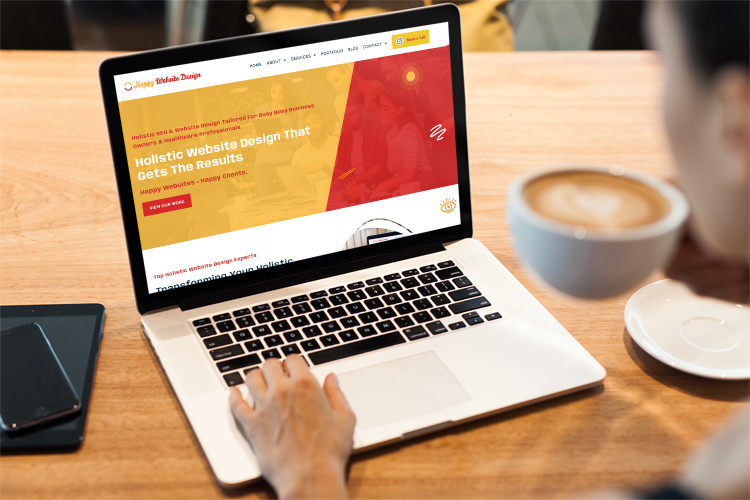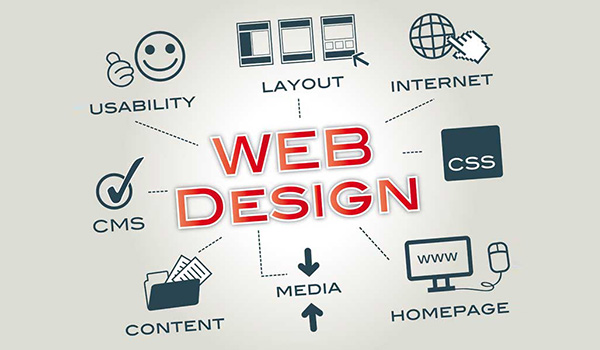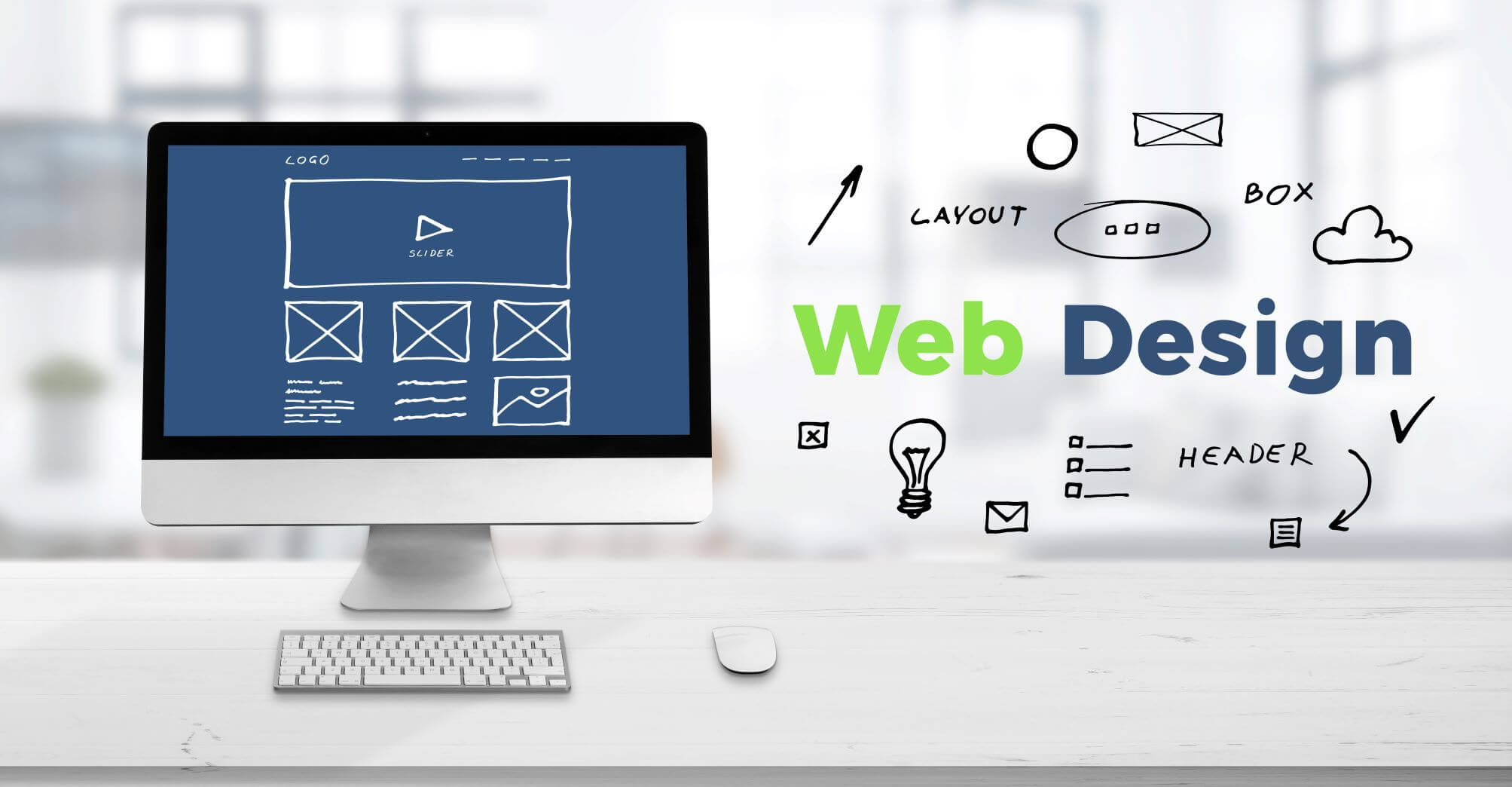Create a Well Balanced Online Experience With Alternative Website Design
In today's electronic landscape, creating a balanced online experience through alternative internet layout is essential for meeting the diverse requirements of individuals. By prioritizing accessibility and lining up material technique with customer choices, companies can significantly improve engagement.
Understanding Holistic Website Design
This methodology takes into consideration not only aesthetic facets however also capability, functionality, and the emotional influence of the web site on its users. By checking out a site as an interconnected community, developers can guarantee that every part-- visual layout, content, navigating, and interactivity-- works sympathetically to satisfy customer requirements.

Integrating an alternative viewpoint includes recognizing the target audience and their certain requirements, preferences, and actions. It requires an evaluation of exactly how customers interact with various elements of the site and just how these interactions influence their total experience. This approach likewise thinks about the more comprehensive context in which the site runs, consisting of brand name identity, advertising approaches, and affordable landscape.
Ultimately, an alternative technique to internet design results in a much more appealing and reliable online existence. By focusing on the customer journey and fostering a smooth experience throughout all touchpoints, developers can create websites that not only catch interest but likewise motivate continual communication and satisfaction. This comprehensive technique advertises long-term success and fosters brand loyalty.
Key Principles of User Experience

One crucial concept is functionality, which emphasizes the relevance of simple navigation and clear capability. Web sites must be very easy to browse, permitting individuals to find details promptly. This is carefully tied to uniformity, where design components, such as buttons and food selections, must continue to be uniform throughout the website to improve familiarity and simplicity of use.
One more significant concept is comments, making certain that users are informed regarding their interactions. Whether with visual hints or notices, feedback enhances a feeling of control and fulfillment. Furthermore, the concept of hierarchy determines that information needs to be organized logically, assisting customers with web content effectively.
Finally, psychological design plays a critical function in UX. By stimulating positive emotions through aesthetics and interactions, developers can develop memorable experiences that promote customer commitment - website development consulting. By sticking to these principles, web developers can develop holistic experiences that resonate with individuals and meet their goals
Relevance of Accessibility
Availability is a critical facet of web design that guarantees all users, despite their capabilities or specials needs, can connect with electronic web content effectively. By focusing on availability, internet developers produce inclusive settings that satisfy varied user needs, enhancing overall user experience.
An accessible site sticks to established guidelines, such as the Internet Web Content Access Standards (WCAG), which suggest methods like supplying text alternatives for non-text content, ensuring enough color contrast, and enabling key-board navigating. These methods not only serve customers with specials needs, such as aesthetic or auditory impairments, yet additionally benefit other customer groups, consisting of those with situational constraints or older grownups.
In addition, the relevance of availability prolongs beyond ethical factors to consider; it additionally affects business end that site results. An inclusive website can reach a wider target market, eventually resulting in raised interaction and conversions. Additionally, access conformity minimizes the danger of lawful consequences connected to discrimination.

Integrating Web Content Strategy
Developing a comprehensive digital atmosphere normally causes the requirement of a durable web content approach that aligns with customer demands. An efficient web content approach functions as the backbone of holistic web design, making certain that information is not only available however likewise appealing and appropriate. It calls for a deep understanding of the target audience, including their preferences, habits, and prospective barriers to gain access to.
To integrate a content technique successfully, companies have to focus on user-centric material development. This can be accomplished with extensive audience research study, which informs the sorts of content that will certainly reverberate with individuals. Furthermore, material ought to be structured rationally, utilizing clear headings, bullet points, and concise language to boost readability.
Routine audits of web content effectiveness will certainly help in refining approaches, guaranteeing the web content remains fresh and lined up with user expectations. By focusing on a cohesive web content strategy, organizations can develop a balanced online experience that promotes involvement and ease of access for all customers.
Gauging Success and Engagement
While a well-executed content method creates the foundation of alternative internet style, gauging success and engagement is vital for assessing its effectiveness and assisting future renovations. Trick efficiency indicators (KPIs) such as page sights, bounce prices, and ordinary session period provide measurable insights into individual habits. These metrics highlight which web content reverberates most with users and where potential friction points may exist.
Additionally, qualitative steps, such as user responses and studies, can provide deeper insights right into individual fulfillment and interaction levels. Tracking social media communications and conversion prices additionally assists evaluate the effectiveness of web content in driving preferred actions, whether that be acquisitions, sign-ups, or info requests.
Using tools like Google Analytics, heatmaps, and A/B testing can improve understanding of individual interaction patterns and choices. This data enables internet designers and content planners to iterate on their styles, making sure that the on-line experience remains user-centered and aligned with organization goals.
Conclusion
Finally, a balanced online experience through alternative internet style necessitates the combination of aesthetic appeals, functionality, and use. By focusing on individual needs and access, designers can create interconnected ecological communities that improve engagement and contentment. A well-aligned material method even more adds to a cohesive individual experience, while regular feedback systems are essential for promoting loyalty. Eventually, this comprehensive technique not just elevates individual satisfaction but additionally strengthens brand identification in an have a peek here increasingly affordable electronic landscape.